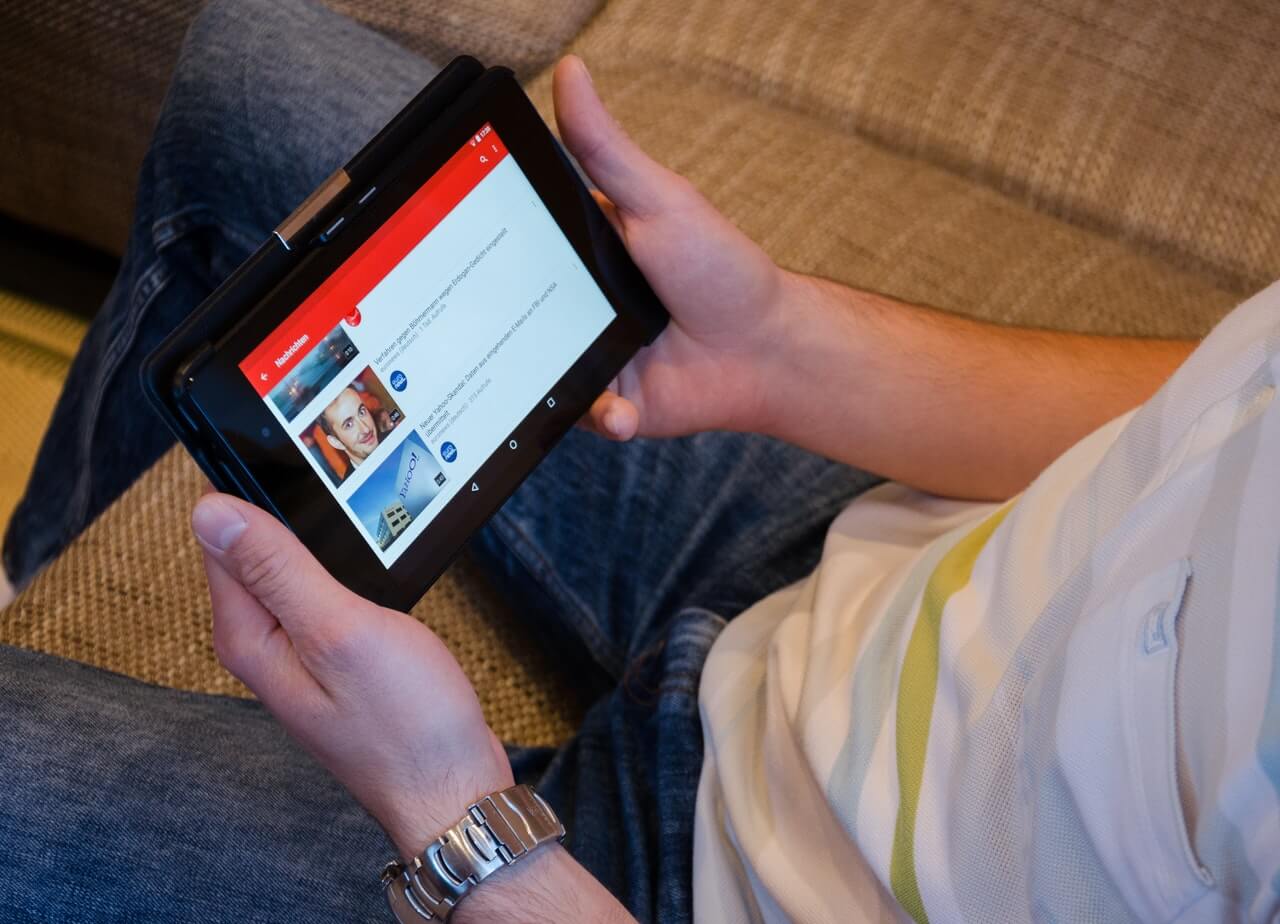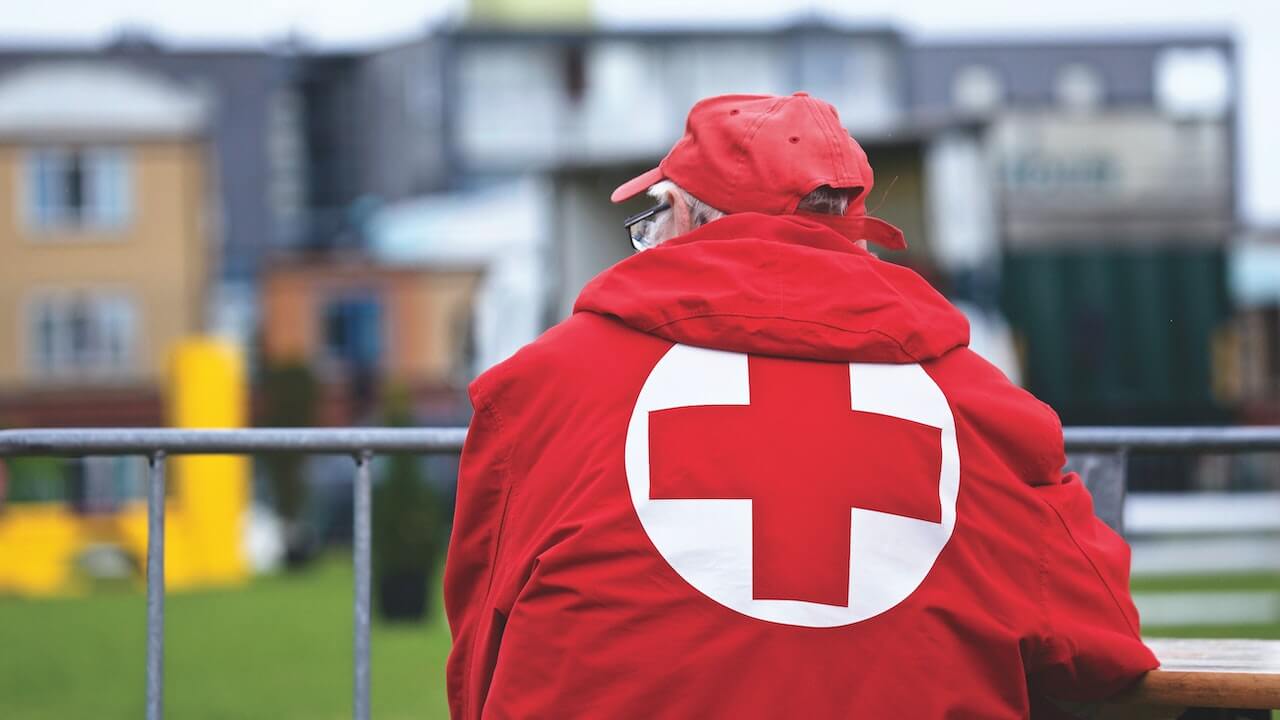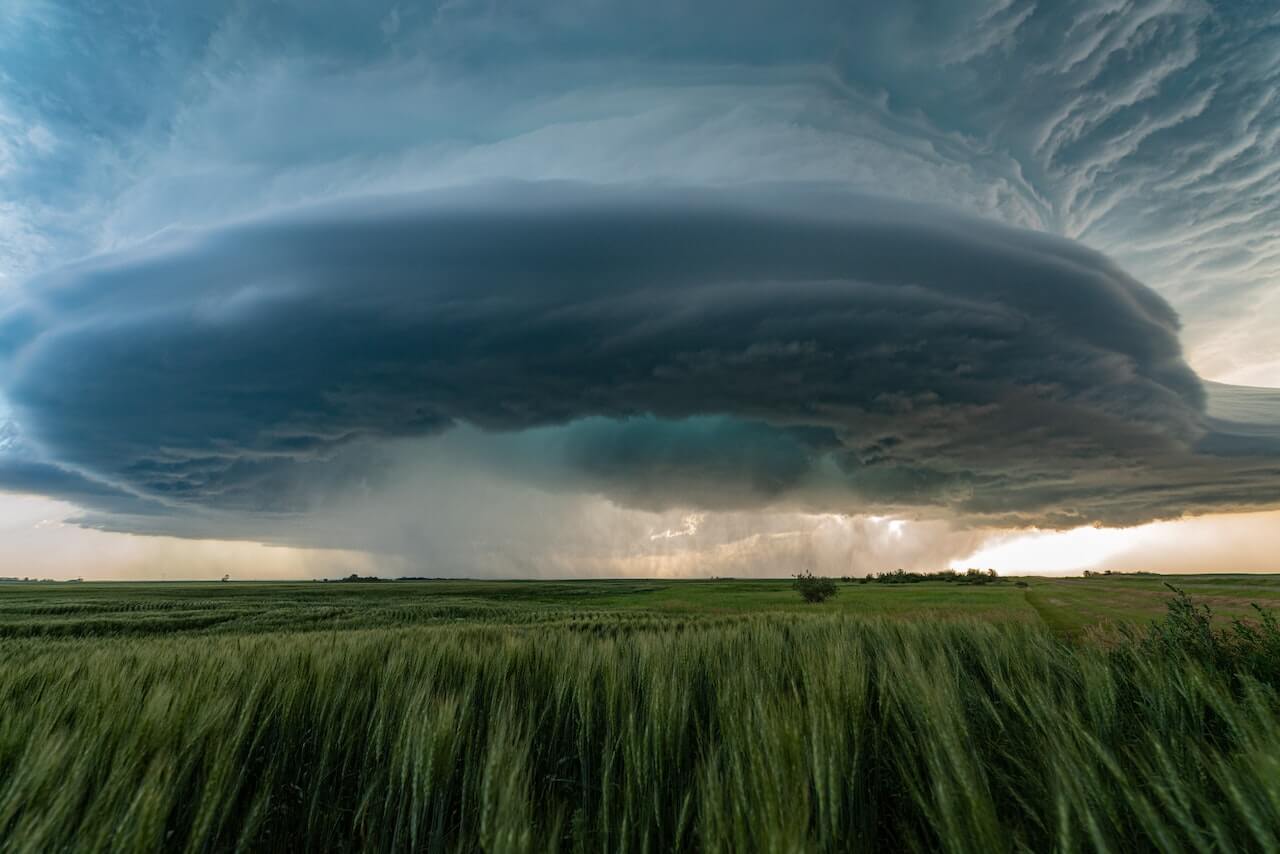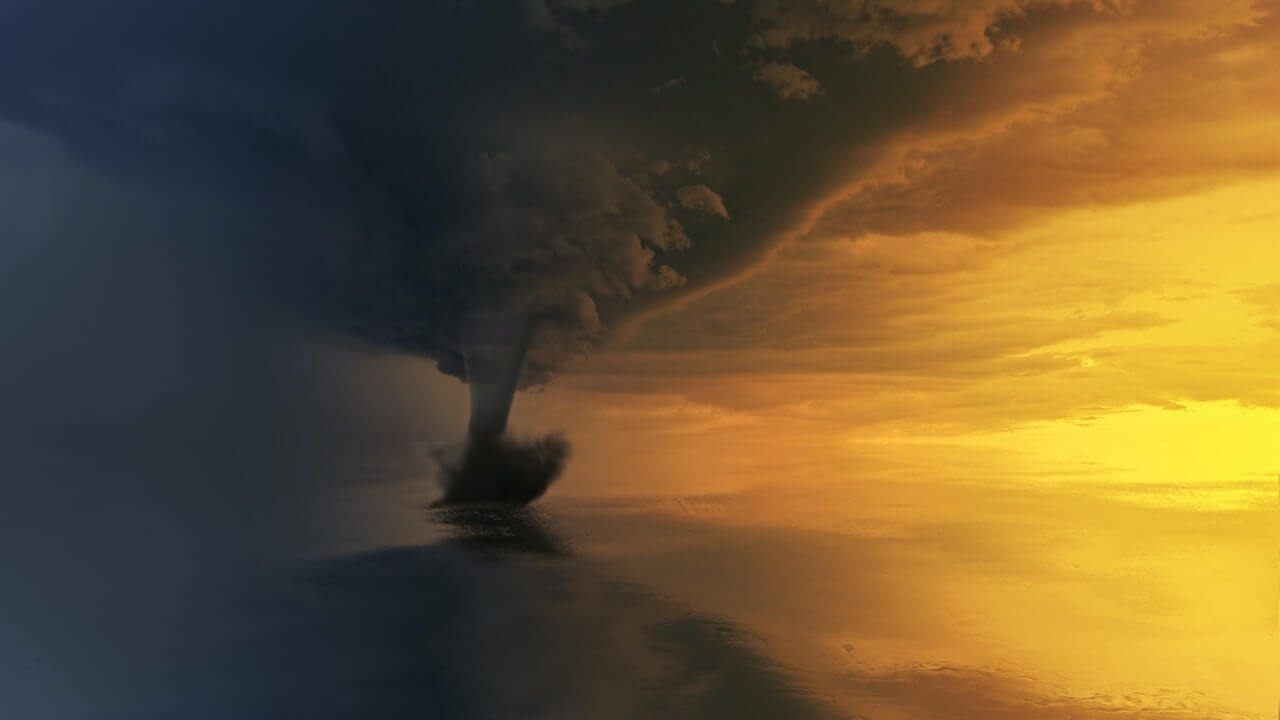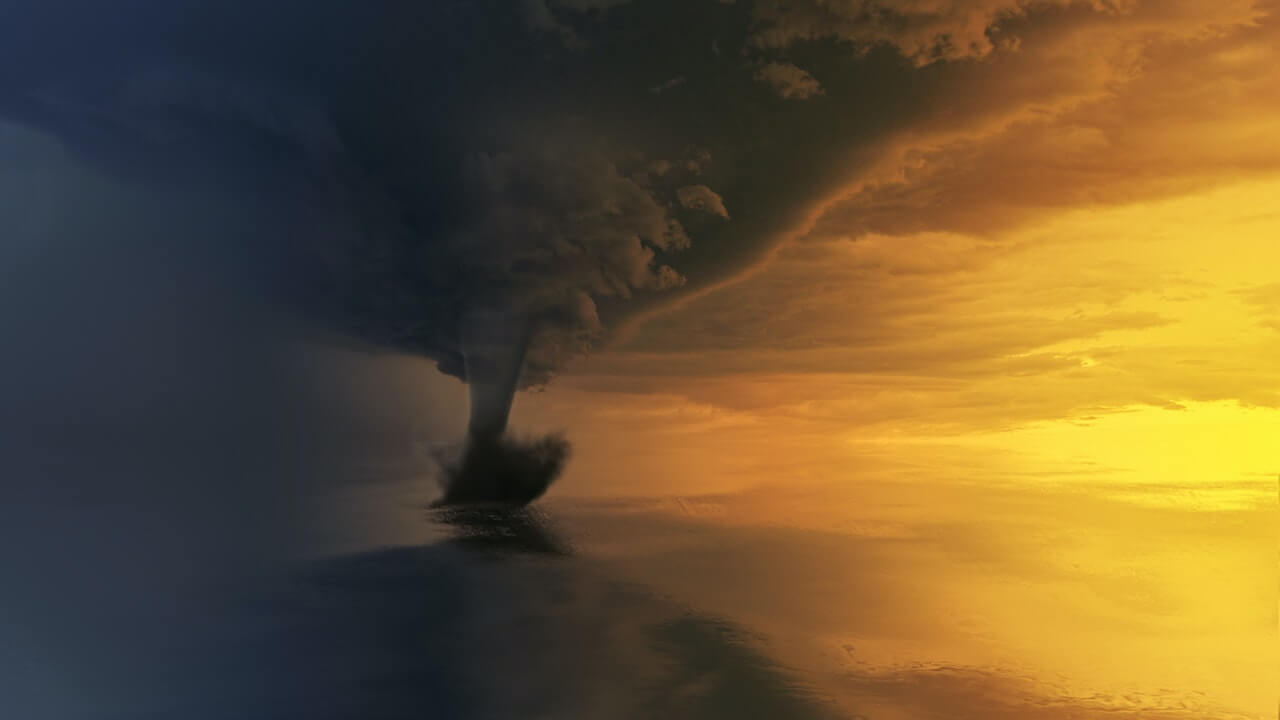It takes a healthy mind to navigate crisis management
Our brains do not operate well under stress. Have you had mundane experiences like this? It’s your turn in the hot seat during a board game, and that answer that should be so simple just won’t come to mind until time is up. Or how about the tendency most of us have to forget a few important items back at the house whenever we’re leaving in a hurry?
This only gets worse when you’re dealing with the web of communication and action that is crisis management, and that’s why it pays to dedicate some time to personal stress management, even while battling an ongoing crisis. In an About.com Health article, Elizabeth Scott, M.S., shared a list of tips on keeping ourselves in fighting shape despite the often rigorous demands of crisis management. Here’s a few samples:
Meditation and Mental Breaks
Eliminating the stress you’re experiencing might not always be possible, especially when you’re in the throes of a crisis. However, you can give yourself breaks from the stress through meditation and through simply giving yourself mental ‘time-out’s. Meditation can be helpful not only because it allows you to stop experiencing the thoughts that keep your stress response triggered, but because it allows your body to slow down and relax, and can bring on the relaxation response, which counteracts chronic stress. Long-term meditation can make you less reactive to stress, but in times of crisis, even 5-minute meditations can have a beneficial effect.
Self Care
When experiencing a crisis, stress management can fall by the wayside, and so can self care. However, when we’re tired, hungry (or sustained by a poor diet), and sedentary, we can also be more reactive to stress. That’s why taking care of our own basic physical needs during a crisis is so important for stress management. In times of everyday stress, it’s good to treat your body well; during a crisis, it’s essential to focus on healthy eating, getting at least some exercise, and getting quality sleep.
Journaling
Writing about your feelings of stress can be a good way to release them. Writing about things you can do to affect your situation can help you maintain feelings of hope and greater control in a crisis. Writing about three things for which you can feel grateful at the end of each day can help you stay optimistic, maintain gratitude, and relieve stress during a crisis. Crisis stress management can mean utilizing these specific focused techniques while journaling.
It really is amazing what a difference taking a little break to recoup and recover can make in your mental clarity and energy levels. If you’re a larger organization, consider sharing tips like those above with your employees during crises as well. They’re undoubtedly stressed too, and the last thing you want from anyone during a difficult situation is reduced performance.
——————————-
For more resources, see the Free Management Library topic: Crisis Management
——————————-
[Jonathan Bernstein is president of Bernstein Crisis Management, Inc., an international crisis management consultancy, author of Manager’s Guide to Crisis Management and Keeping the Wolves at Bay – Media Training. Erik Bernstein is Social Media Manager for the firm, and also editor of its newsletter, Crisis Manager]





